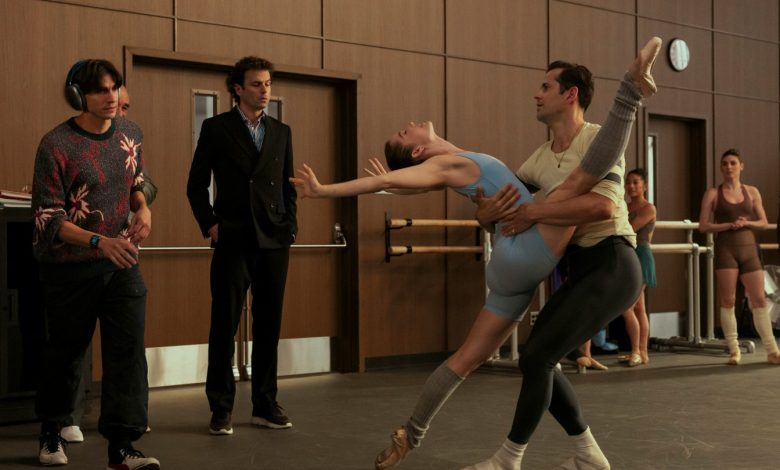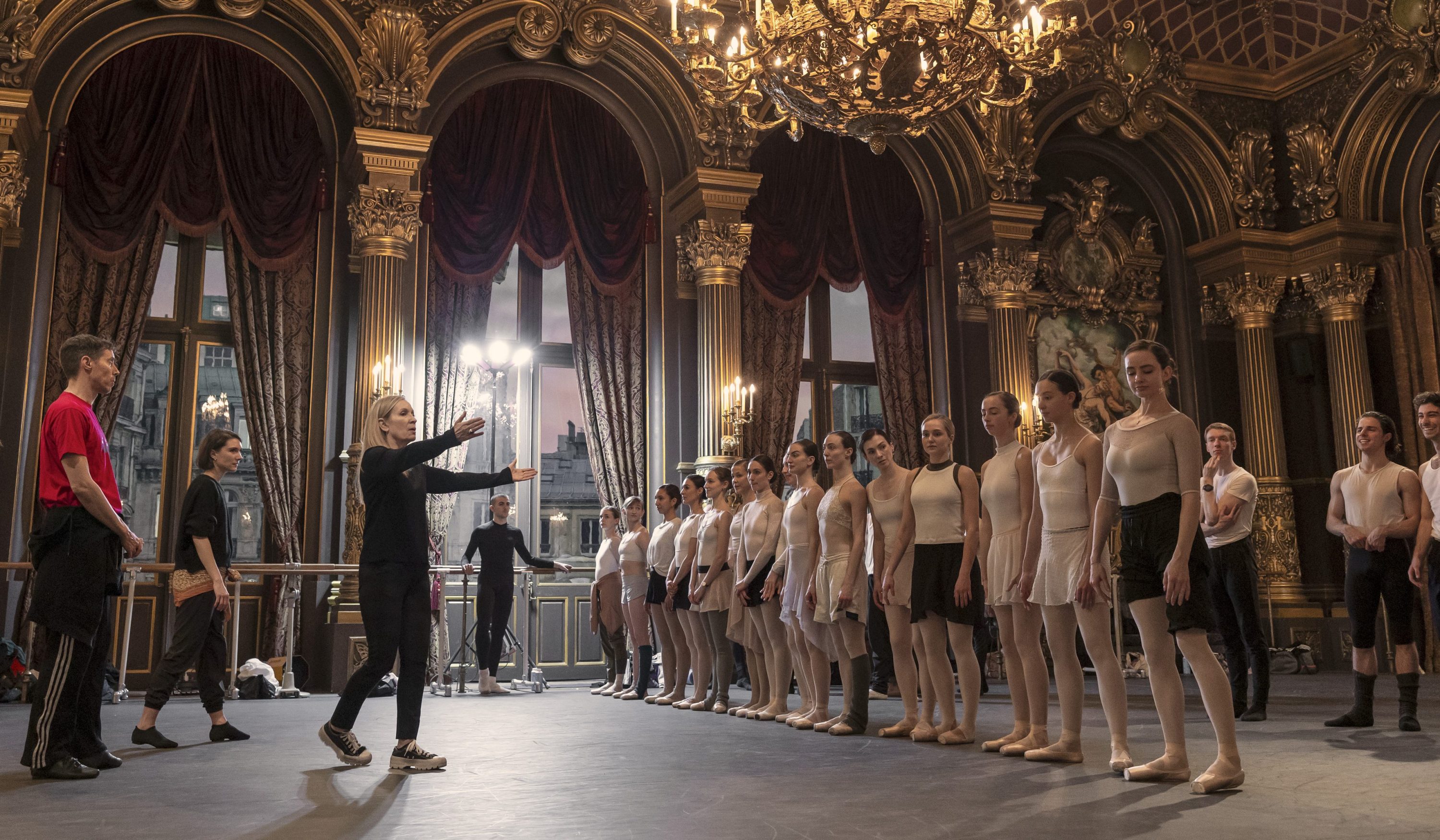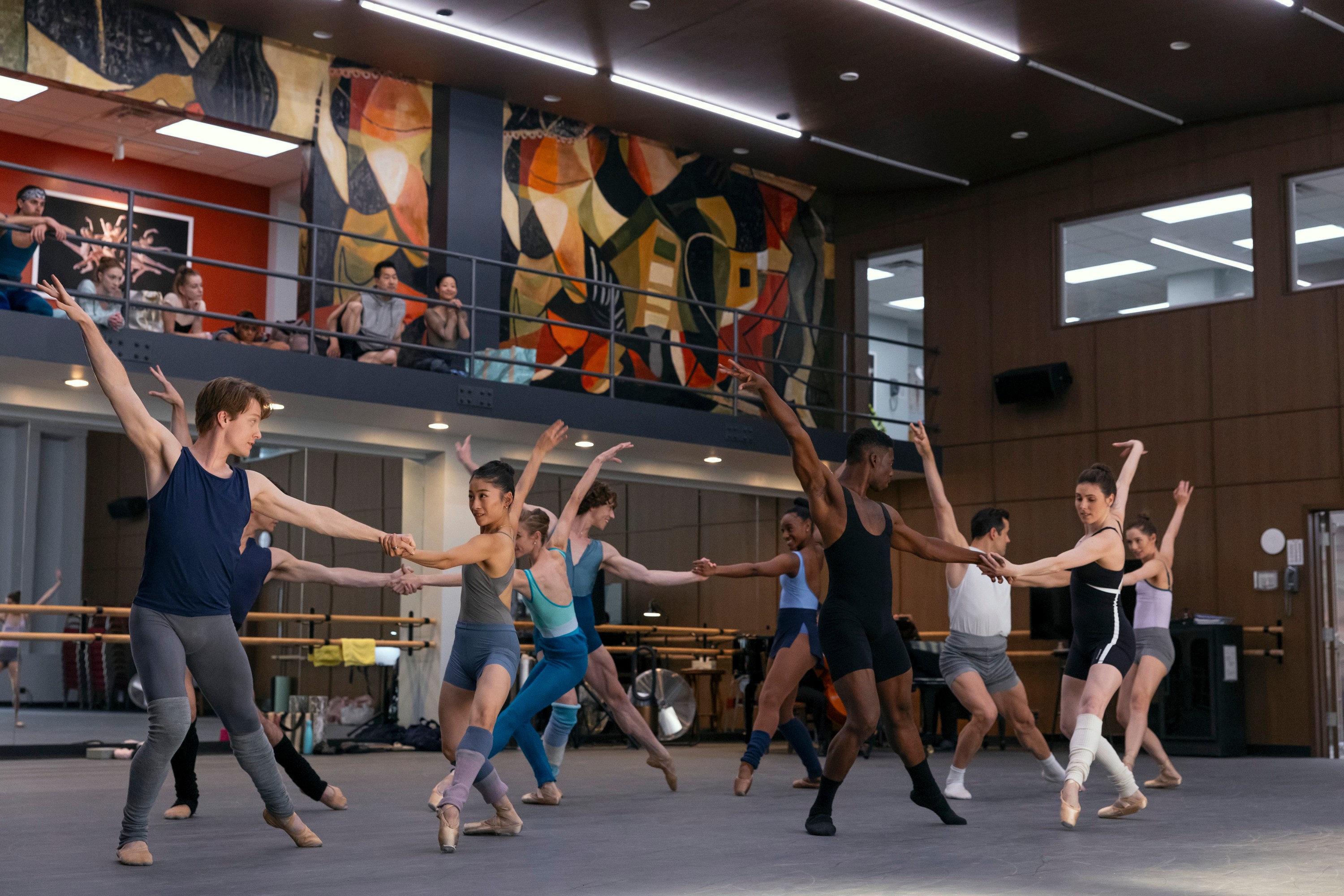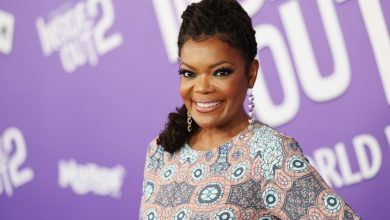Meet the A-List Ballet Dancers at the Heart of ‘Étoile’ — and the Choreographer Who Hired Them

Étoile, Prime video’s new ballet dramedy is — like the meaning of its French title — full of star power. Sure, the creators have won Emmys. The actors have, too. But the dancers are what’s center stage, and for good reason.
Étoile’s end credits might as well be a list of the ballet world’s most elite: an A-list lineup of names from New York City Ballet, San Francisco Ballet, Dance Theatre of Harlem, Boston Ballet, the Paris Opera and more.
اRelated Posts:
“What I really love is the class, the artful choices,” Robbie Fairchild, a former principal dancer with New York City Ballet and now freelance artist, tells The Hollywood Reporter of the series. Fairchild plays Larry in Étoile — you can spot him rehearsing a duet by Tobias Bell (Gideon Glick) in episode one.
Étoile, from Amy Sherman-Palladino and husband Dan Palladino of Gilmore Girls and The Marvelous Mrs. Maisel (and Bunheads!) fame, follows two ballet companies in New York and Paris that swap their most talented stars in an attempt to boost ticket sales. Luke Kirby and Charlotte Gainsbourg lead the main cast.
“It felt like somebody from Lincoln Center was like, ‘This is what you should do the show about,’” Fairchild says. “It was highbrow. It felt like, relatable highbrow.”
So how did the Palladinos pull it off? In part, by choosing a good choreographer — Marguerite Derricks. And, by naming Derricks as a producer.
“Choreographers, we do so much without credit,” Derricks says. “It’s something we’re used to doing anyway, but Amy is so dialed into everything. She really embraced me into this project, even before pen went to paper. That was really nice. It doesn’t happen very often.”
Derricks then pulled it off by hiring all those real dancers — more than 100 of them. “The biggest thing that made me really interested in doing [the show] was that they really stressed they were truly committed to making it as realistic as possible,” says Brooklyn Mack, an international principal guest artist who plays a dancer in the New York company — he dances Don Quixote with Alicia (Wanting Zhao) in the first episode.
“The casting was tricky,” Derricks says. At both New York and Paris open calls, she saw hundreds of dancers in single days, most of whom didn’t have enough serious training to make the cut.
“I realized the dancers we wanted were dancing in companies,” she says. “I was like, ‘We have to go after these dancers that are willing to break their contracts and come and do a TV show.’”

For months, Derricks sat in her New York office watching thousands of audition videos, sorting clips, sending requests and fielding emails. Her hard work shines in nearly every frame of Étoile, which sparkles with footage of dancers in company studios and hallways, stretching and chatting and, well, dancing.
“It became like that Madonna documentary where she had the cameras following all the dancers around,” Derricks says. “The cameras were always there and after a while, we forgot.”
“One of my favorite things in the first episode is when one of the dancers comes in with a bag with a dog in it,” Tiler Peck, a principal dancer at New York City Ballet who plays Eva Cullman, says — Eva is also part Tobias Bell’s rehearsal piece in episode one, and she performs Black Swan later in the season. “That’s so us,” Peck says. “We all bring our dogs to class, then there’s somebody that’s practicing a lift. People stretch, people talk, people try things. I don’t think any of that was choreographed. That’s just how dancers hang out.”
The credits at the end of each episode play over more b-roll of these scenes. “I love that Amy and Dan decided to use that footage in the credits,” Derricks says. “We really wanted to keep it real.”
With real dancers also comes the ability to perform real repertoire, and when the time came to decide how to introduce Paris company star Cheyenne Toussaint (Lou de Laâge, with Constance Devernay as dance double), Derricks says Sherman-Palladino requested the balcony pas de deux from Sir Kenneth MacMillan’s Romeo & Juliet. MacMillan’s 1965 adaptation of Shakespeare’s tragedy, set to Sergei Prokofiev’s score, is widely revered as one of the most famous works of the 20th century.
“Who wants to touch MacMillan?” Derricks says, laughing. “It’s just so beautiful.”
In the final cut of episode one, the dancers perform MacMillan’s original choreography, and the show is complete with real costumes and sets from the MacMillan estate.
Balletomanes can also look out for choreography from George Balanchine and Christopher Wheeldon, in addition to pieces from Swan Lake, Don Quixote, Giselle and Sylvia.
“I wanted to honor all the ballet greats,” Derricks says. “I just really wanted to be respectful to this community, I wanted them to see that we were doing a ballet show that was real, it was really going to honor their world.”

But gaining access to real-world stuff can be a challenge, as most pieces from the 20th and 21st centuries are protected by choreographers’ estates or trusts, many of which have high standards regarding who is allowed to perform the work. “It wasn’t always easy,” Derricks says, and part of the puzzle involved making these esteemed stage ballets fit for the camera.
“I really got to know and become friends with the camera guy, Jim, the steadicam operator,” Peck says. “It really was a duet. It didn’t matter if I hit it perfectly, if he didn’t, or vice versa, [it didn’t work].”
“It was fun watching the estates watch me protect their work,” Derricks says. “They were realizing what a film choreographer can bring to a piece.”
Dancers also sing the praises of Étoile’s on-set experience. “There were a bunch of camera rehearsals, which were great,” says Unity Phelan, a principal dancer at New York City Ballet who plays Julie — you can spot her dancing with Fairchild in episode one, during the Tobias Bell rehearsal. “Amy and Dan were super specific with their camera crew about the fact that we are dancers, and we can’t repeat things a million times to get the shot.”
Phelan has worked on other sets with less understanding crews, where she was asked to repeat complicated dance steps over and over again. “I was doing fouettes at 4 in the morning,” she says. “That was a much harder situation. This, they really thought about the dancers and our wellbeing.”
Étoile shines, for this reason, with a clear respect for the art form.
“A lot of the company life and conversations that happen [on the show], it’s really fun to watch because it feels very real,” Phelan says. “At one point when I had scenes with Gideon and Luke I was like, ‘You guys are doing such a good job that it almost feels like I’m at like my normal job right now.’”
Mack compares it to the way he watches procedural shows for a glimpse of worlds different from his own. “I love The Resident because it has so much realism,” he says. “My mom’s a nurse, and she was like, ‘Oh my god, this is the best show I’ve ever seen because it’s really what goes on [at a hospital].’ I love that [Étoile] went this route and really committed to bring [ballet] to the forefront.”
Of course, all this happens without losing quintessential Palladino humor — dancers and non-dancers alike offer big personalities that bounce off one another with irreverent jokes and fast-delivered dialogue. But the dancers say this is the opposite of being unrealistic.
“The ballet world is quirky,” Fairchild says. “It’s really quirky. There’s a bunch of weirdos in a building wearing tutus and standing on their tippy toes. They captured that and they respected it at the same time.”
***
All eight episodes of Etoile season one are now available on Prime Video. Read THR’s interview with Luke Kirby.
***
Source: Hollywoodreporter
HiCelebNews online magazine publishes interesting content every day in the TV section of the entertainment category. Follow us to read the latest news.
Related Posts
- Florence Pugh and David Harbour Miss Black Widow Stars
- Chappell Roan Signs Management Deal With Noah Kahan Manager Drew Simmons
- ‘The Bunker,’ One of Tony Todd’s Final Films, Lands Distribution (Exclusive)
- 60 Minutes Rattles Viewers with Stunning Closing Segment, Implies That Trump Administration Is Pressuring Their Coverage
- ‘Dope Thief’ at AppleTV+ #ShotoniPhone16Pro Portrait Studio with The Hollywood Reporter





